The rate at which technological advances are impacting every aspect is quite unbelievable. In fact, most of the day-to-day activities are accomplished online nowadays. Instead of reaching a brick-and-mortar store to select groceries, that can happen online without leaving the comfort of your home.
As though that wasn’t enough, top-notch technologies like AI (Artificial Intelligence), Augmented Reality (AR), and Virtual Reality (VR) are giving electronic commerce a new face. During the 2020 pandemic, several statistics indicated a drastic increase in online sales and activities in all countries around the world.
Many online companies made a fortune during the initial phase of this unprecedented period. Also, several other counterparts took the chance to refocus their business models and strategies.
Many businesses worldwide are realizing how crucial it is to have a virtual store or provide online services. Businesses with an online presence have an increased likelihood of doubling customers, and profits, and ensuring smooth customer journeys. To substantiate, Statista asserts that retail eCommerce sales totaled up to 502 trillion U.S dollars in 2021 globally. Besides, the figure is expected to be 8.1 trillion dollars by 2026.
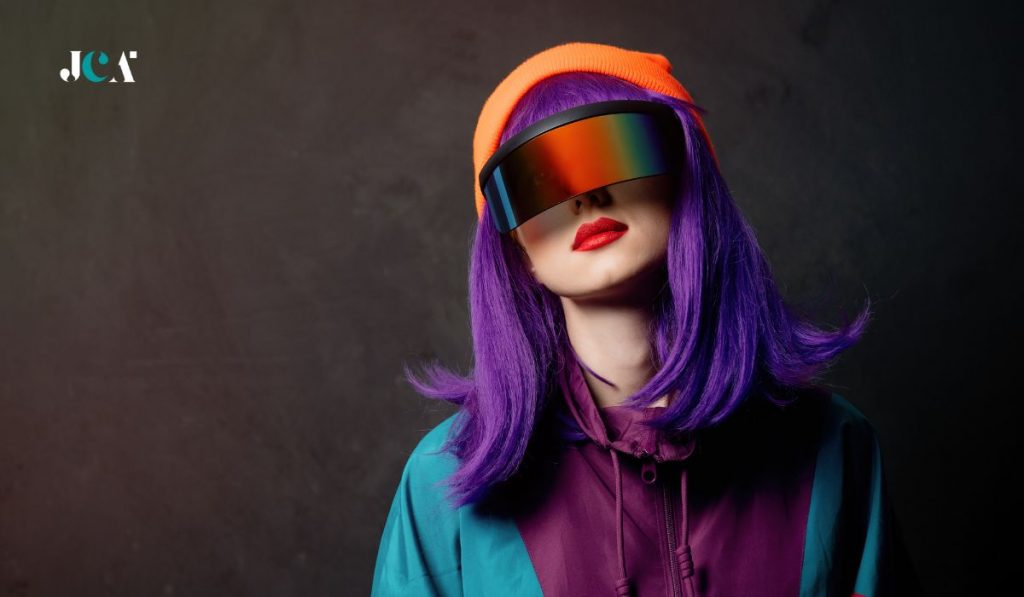
Ecommerce has become part and parcel of modern life and isn’t about to phase out due to the benefits it offers. Right in their comfort zones (home or office), customers can transfer funds, order products, or book a flight. With the fact that eCommerce offers an added advantage to businesses, there is now fierce competition in the online world.
Ecommerce giants like Amazon, Alibaba, IKEA, and eBay among other eCommerce moguls are pacing towards the latest technologies. Technologies like VR (virtual reality) offer immersive customer experiences and can offer a competitive edge to a business.
When coupled with other technologies like AI technology and machine learning, businesses can also make more informed decisions, forecast trends, and meet customer expectations. Virtual reality is currently a technology that is conquering several fields. In eCommerce, VR is also revolutionizing the sector in many ways as explained here.
5 Unique Ways VR is Transforming eCommerce with Vivid Examples
- Virtual Stores
Gone are the days when we all had to flock to physical stores every time we needed groceries or apparel. Nowadays, the internet is connecting millions to online stores to shop from the comfort of their homes.
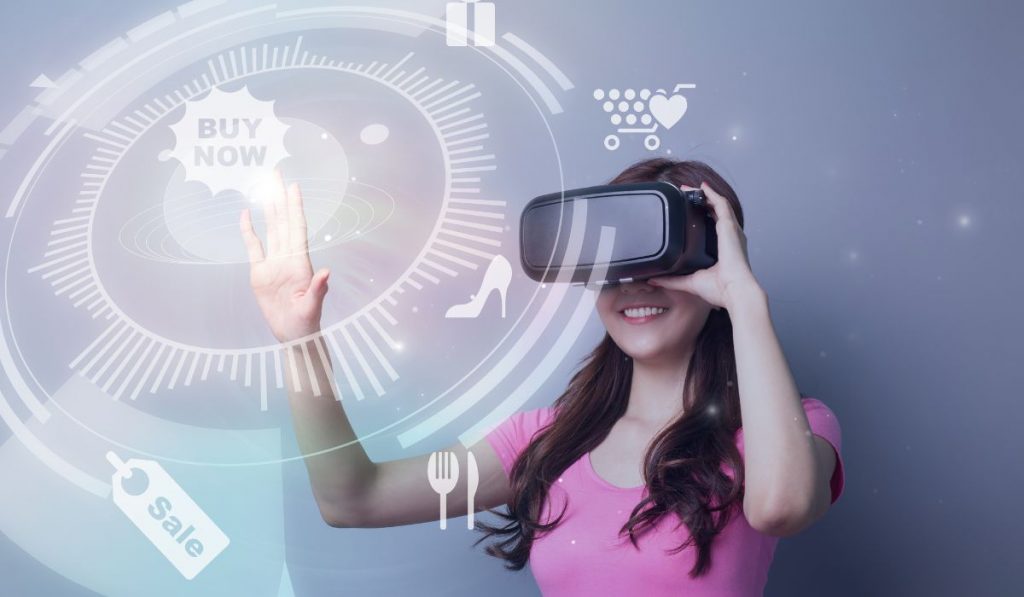
Also, thanks to Metaverse and methodologies like gamification, many have obtained a thorough elucidation of how virtual worlds work. Precisely, anything beyond the usual is fascinating to explore!
In order to offer world-class online shopping experiences, eCommerce companies like eBay and Amazon are leveraging technologies like VR to spice up customer experiences for whatever they need online.
For example, IKEA currently leverages VR and AR to help customers make informed decisions about their furniture options. Customers can scan the online store and select the perfect furniture set for their living space. This is how the top companies are reaping a high return on investment by bringing VR into the scene.
On the other hand, Nike uses VR to allow customers to enter a virtual world where they can visualize the brand’s supply chain to understand how the products reach the final stores. With such amazing experiences, there is no way eCommerce can remain the same!
Also Read: How Virtual Reality (VR) in Education is Changing Edtech Industry?
- Try-on-& Buy
Decision-making during a customer journey isn’t a smooth road at all. There are many facets that customers look at before making a purchase. The experience may become complicated when it comes to certain products like furniture, refrigerators, kitchenware, and shoes.
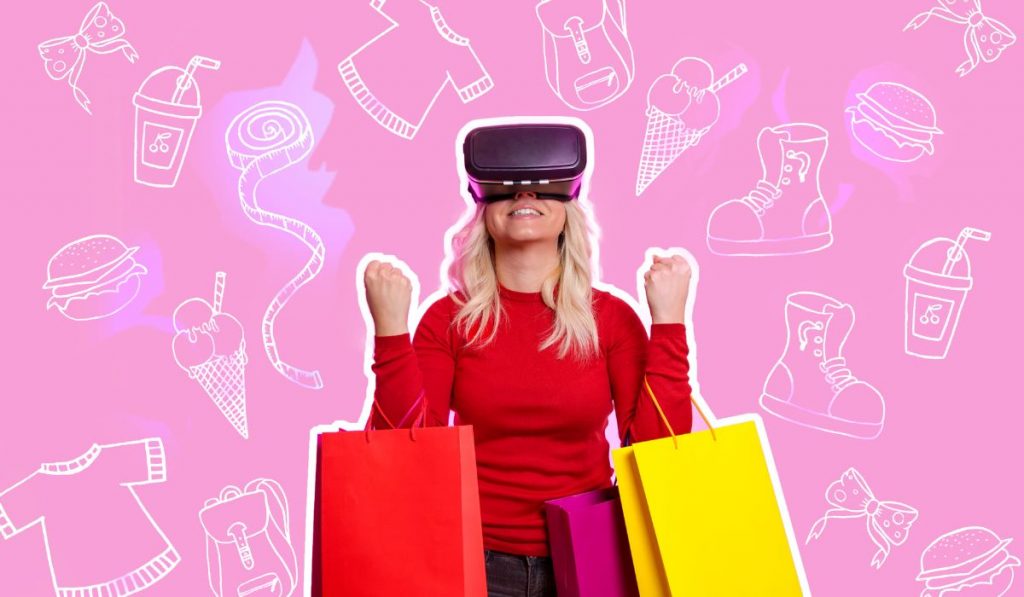
Many customer decisions are produced after feeling, sensing, and trying on the product. Previously, in the case of online shopping, a customer never got a chance to experience all that.
However, thanks to technologies like VR and AR, customers can obtain a clear picture of how a product feels like, and how it functions. Customers can try on products such as clothes, shoes, watches, and jewelry to see how they will appear on them. All that is required are VR headsets or an AR app for customers to get a real idea of what they are purchasing.
Warby Parker and L’Oreal are some of the top brands that offer such experiences to their customers. Customers are able to meet their objectives through such platforms without leaving the comfort of their homes. On the other hand, businesses are able to make real-time adjustments in their stocks in a way that meets customer demands effectively.
Also Read: Top 15+ Best NFT Game Development Companies
- Virtual Events
The advent of COVID-19 indicated how the world could come to a standstill. From store closures to restricted public gatherings, business was dimensionally affected worldwide. Businesses with no online stores were completely cut off from their customers and this affected their operations and profits.
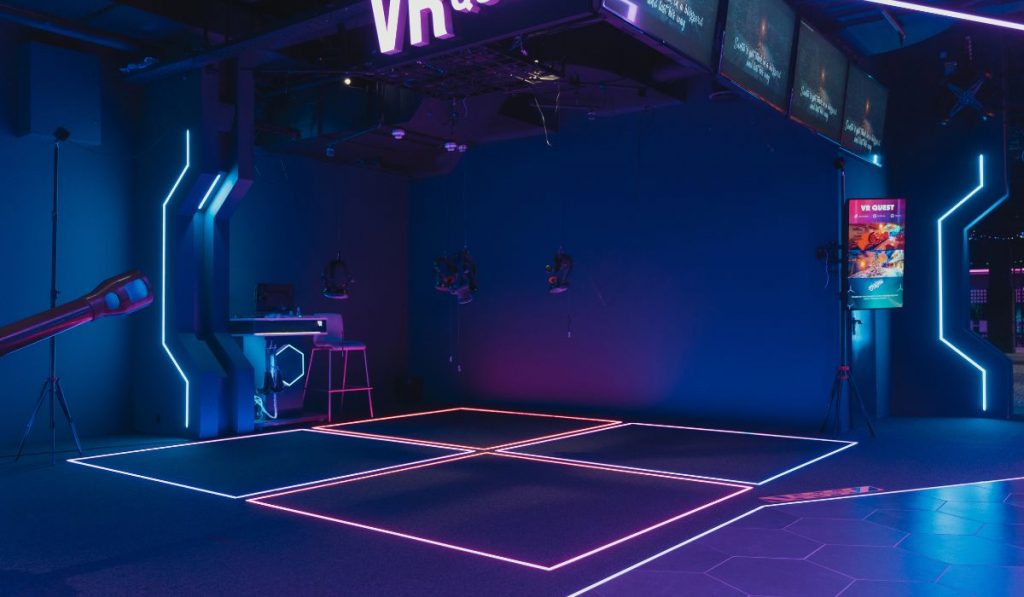
However, on the other hand, many businesses opted for a way out by leveraging virtual platforms to keep in touch with their customers. Virtual events like trade shows and videoconferencing became the norm and still are. Post the COVID-19 lockdown, many companies and businesses are still banking on these options to keep businesses running.
Global brands like BMW offer their customers an opportunity to enter virtual showrooms and customize their preferred cars as per their liking. Shoppers can utilize AR and VR headsets to experience how it feels like to drive a car designed as per their preference. This helps them make better decisions.
- Better Customer Engagement & Retention
Customer preferences differ widely and although all may require a perfect online shopping experience, their tastes can’t be met with the same product. Such challenges make it difficult for global brands to capture and retain customers. However, with technologies like VR and AR, an all-inclusive platform is created to meet customer expectations and preferences easily.
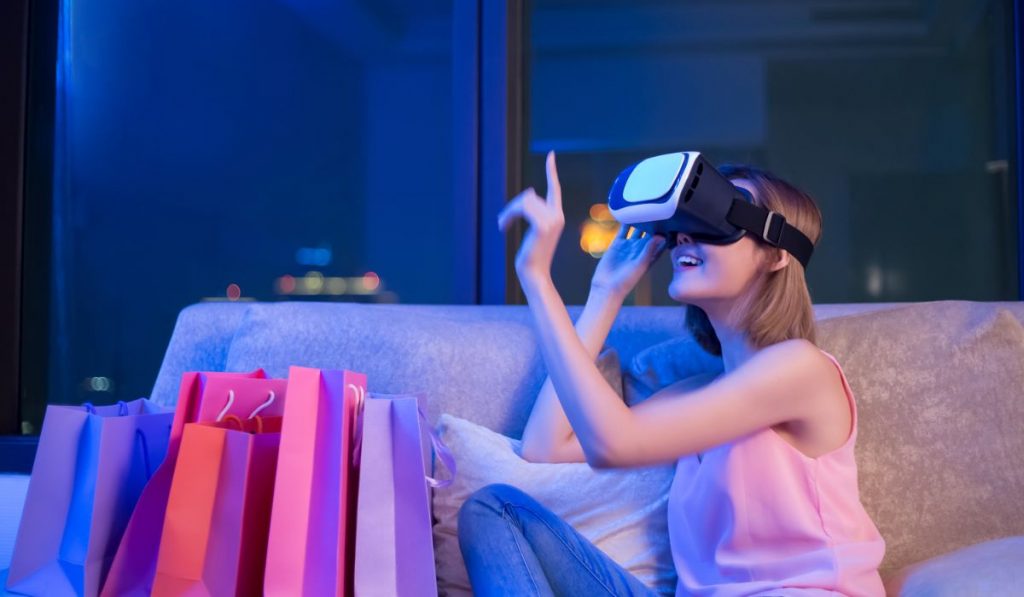
For example, if a customer prefers an in-store experience, he or she will reach a physical store to check out and buy a product. On the other hand, if a customer prefers online experiences, VR and AR offer a frictionless shopping experience.
With such platforms, there is 360-degree coverage which helps meet customer demands and expectations. Businesses can also leverage business key performance indicators like website traffic and conversion rate to identify loopholes in marketing strategies or sales points.
- Seamless Shopping Experiences
We live in a digital world and many customers are expected to continue using the internet to buy products or make transactions. In all that, the shopping experience has become a keynote in the business sphere. Whether a company sells products or offers services, customers across sectors expect their brands to understand their needs and meet them timely.
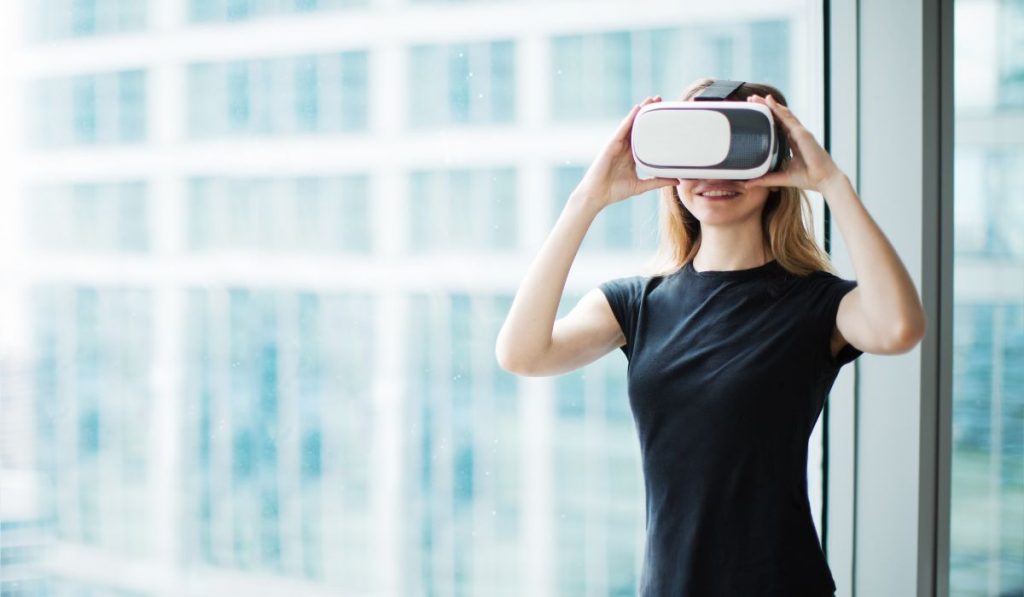
In cases where they can not, shoppers expect immediate feedback. Shopping experiences matter a lot and about 74% of customers are likely to buy based solely on the shopping experience. Shopping experience generally refers to how customers feel while interacting with your brand during their customer journey.
If customers find it difficult to assess the products online, checkout or the product information is difficult to understand, all this points to a bad shopping experience. More so, customers are more likely to opt for other alternatives. However, technologies like AI, VR, and AR help enhance customer shopping experiences.
To encapsulate, VR is playing a major role in revolutionizing eCommerce and retail as a whole. Besides, the use of data analytics is helping businesses make better decisions pertaining to customer preferences and demands. Similarly, many customers are able to enjoy a frictionless shopping experience, right in the comfort of their homes.










Leave a Reply